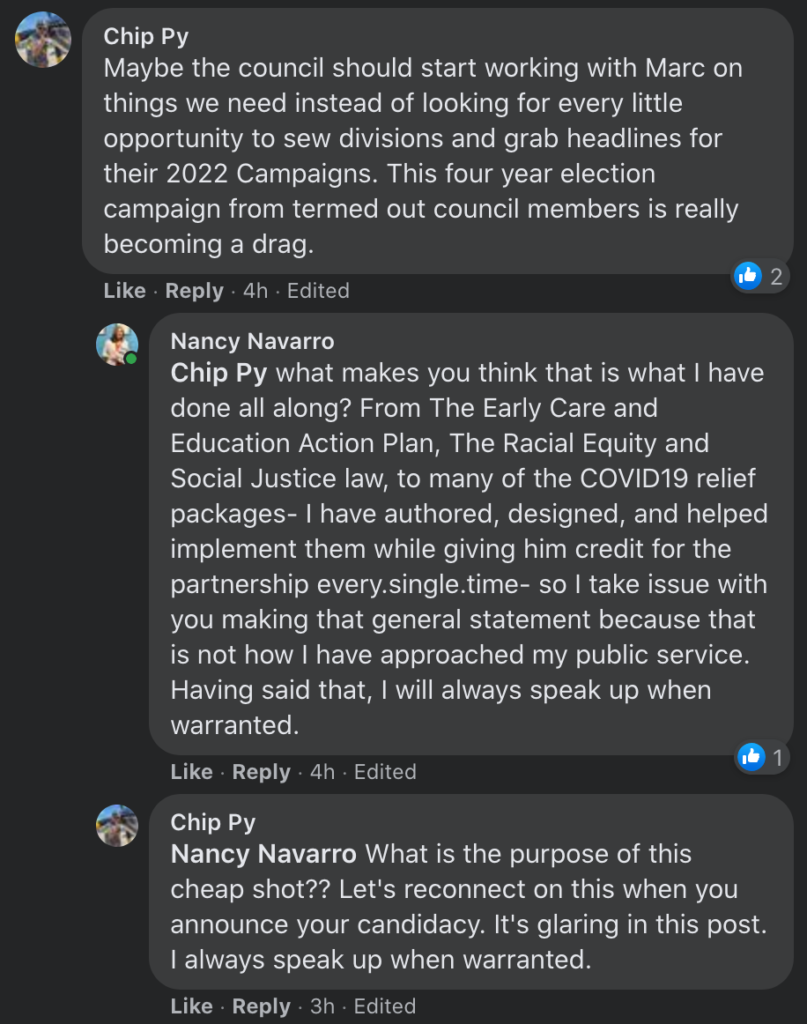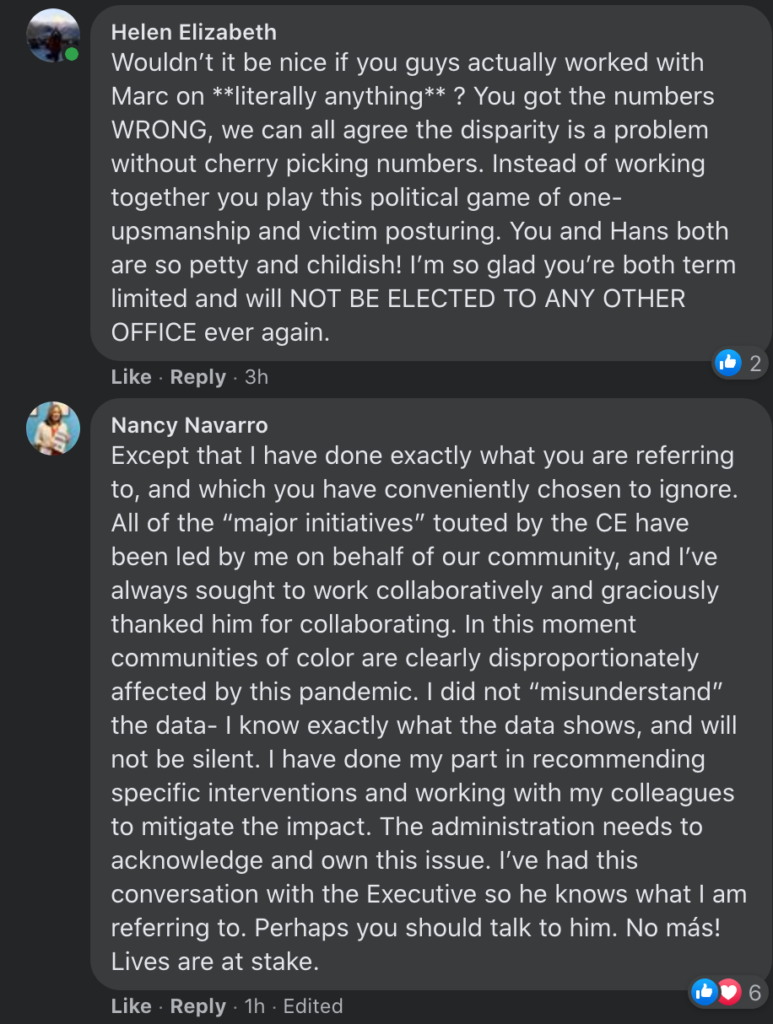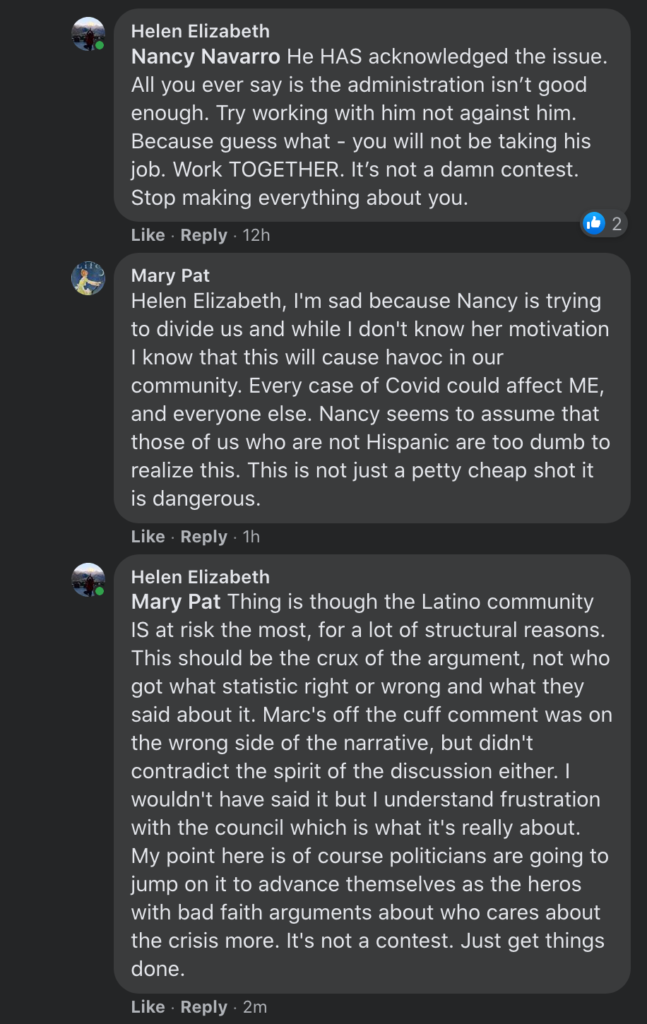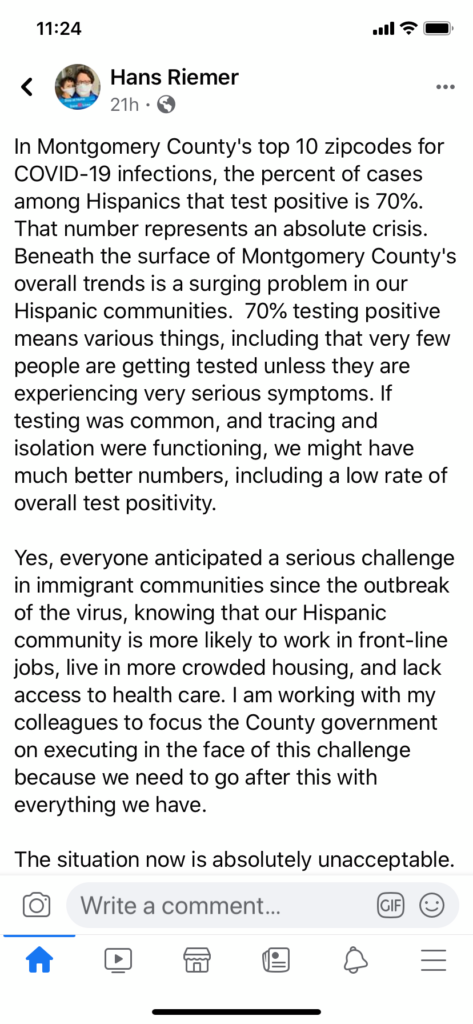By Gus Bauman.
Finally! After many years of heated controversy, Montgomery County is about to squarely confront its use of land use moratoria as a part of its growth policy regulations. The County Planning Board, after much study for its regular update of the County’s Growth Policy, has crafted a proposal to largely eliminate land use moratoria in the County. The County Council will ultimately decide the terms and scope of the Growth Policy (titled in more recent years as the Subdivision Staging Policy.)
This correspondent is the former chairman of the Maryland-National Capital Park & Planning Commission and its MoCo Planning Board (appointed in ’89, reappointed in ’93). Let me offer some background and candid insight that may prove useful in the coming months as the proposal enters the political windstorm.
The MoCo Annual Growth Policy (the AGP; that was its name for many years) was created in 1986. Why? Because during the ‘80’s, the County was experiencing high growth. It had previously created an Adequate Public Facilities Ordinance (APFO), which was embedded in the Subdivision Ordinance to apply to all new subdivision proposals.
To manage the APFO, the AGP was later instituted as a timing mechanism to match school and transportation needs with corresponding infrastructure development. Buried in the AGP system was the moratorium nuclear bomb—if school or transportation capacity in any defined area of the County became overloaded, then no new subdivision could be approved in that area until the county’s capital budget (the Capital Improvements Program, or CIP) indicated that help was on the way through public improvements and/or private contributions to fix the identified public need.
The moratorium concept was always intended to be a rare, drastic action of last resort. It was never meant to be a routine tool in the planner’s toolbox. Indeed, the very idea of a moratorium is contrary to comprehensive planning, zoning, and budgeting—i.e., to responsible government. For adopting a moratorium is, by definition, an admission of governmental failure. Doing it on a normative basis should be downright embarrassing.
Land use moratoria were supposed to be as rare as snow in June—they were to delay development approvals for a brief time in order that public and sometimes private funds could then target as quickly as possible where the infrastructure need was and fix it. In fact, the very purpose of a looming moratorium was to immediately direct capital funds to the targeted area in order to avoid the moratorium bomb from exploding.
This system only worked, however, where there was both a high growth rate that continued to pay taxes and where infrastructure spending was duly targeted by the County government to any area about to be thrown into moratorium.
But those two preconditions began sliding away in the late 1990’s, and by the turn of the century, they were largely gone. Montgomery County’s growth rate has been in the basement for some 15 years now. Yet the moratorium mechanism, meant to be only an emergency measure in the AGP, never went away. Indeed, it became a favorite fixture of the no-growth crowd. And that crowd has always controlled certain votes in County government.
The rich irony here is that a moratorium is, in truth, all about fiscal and budgetary policy and not a growth or density matter. Whether density on some tract is to be low, medium, or high, whether growth in some area is to be slow, moderate, or rapid, is a land use dynamic regulated by the community master plan as well as the zoning placed on properties. But during the 1990’s, exclusionary forces in Montgomery County realized that use of moratoria could become a normal convenience to accomplish what they otherwise could not accomplish through planning, zoning, and environmental regulations.
Just starve the CIP of transportation spending on certain projects called for in County master plans, and SURPRISE!, the roads in an area are suddenly over capacity. Just redirect school capital funding projects away from certain developing and redeveloping areas, and SURPRISE!, schools in those areas become over capacity. The most extreme example of this practice was how prior County governments allowed the East County to be frozen for many years in moratorium while significant capital funding flowed west, north, and south.
Today’s County Council can see what moratoria have wrought over the past two decades. When an area is placed into moratorium, neither new taxes nor fees can be generated in that area, creating the perverse effect of killing off the very revenues needed to help solve the identified problem. The County Planning Board knows what moratoria have wrought. The practice telegraphs to the business community to avoid investing in Montgomery when so many other nearby options exist called DC, Frederick County, Prince George’s County, and the multiple jurisdictions in Northern Virginia.
Moratoria are all about erecting walls. The Montgomery County government should be knocking down walls. The County should be using its highly detailed master plans, its incredibly rigorous zoning, its adequate public facilities ordinance, its huge budget, as well as its growth policy, to channel public infrastructure improvements where they are needed.
It is telling that Montgomery County prides itself on having the toughest, most “sophisticated” planning, zoning, environmental, and transportation controls in the region as well as being blessed with a large tax base and corresponding budget, yet, simultaneously, it is the only regional jurisdiction that regularly applies that admission of governmental failure, the moratorium.
To paraphrase the famous presidential campaign slogan of the 1990’s, “It’s the CIP, stupid.”
Gus Bauman is an attorney who lives in Silver Spring. He served two terms as chair of the Montgomery County Planning Board.






